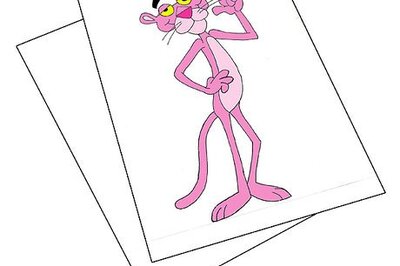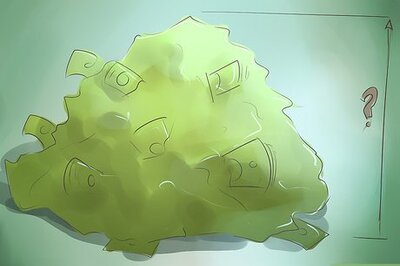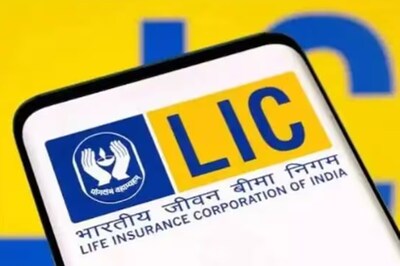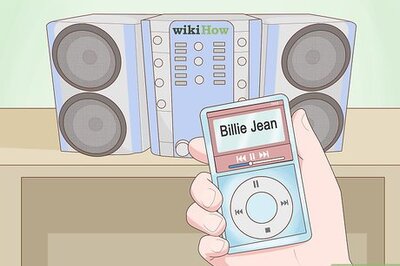
views
Calling for rationalisation of differential tax structures in the Indian automobile industry, Japanese auto major Honda said the "unique" system has led to a skewed demand for small cars and prevented the introduction of best-selling global models in the country.
The company's Indian arm – Honda Cars India Ltd (HCIL) expressed concern over a lack of clarity on GST rate and the time for its implementation, saying such uncertainties make it difficult to plan production in advance.
"A lot of cars are sold in India but variety is not there. Car models which are selling are quite limited. It may be because of the unique tax structure, maybe it's the government policy to promote small cars," HCIL President and CEO, Yoichiro Ueno said.
He further said tax differentiation in Indian auto industry is huge when compared to other major markets. As a result, Ueno said, customers are offered a limited model line-up, as bringing globally successful models to India are not feasible due to competitive pricing pressure.
"Because of that unique restriction, it is difficult. If the government can moderate the differentiation, automobile manufacturers can implement more variety of models which will benefit customers," he added. Citing Honda's own example, he said, globally the company's top four best-selling models are Jazz, Accord, Civic and CRV but the company is selling only Jazz and CRV in India.
"Even in CRV, we are selling a very small number," he said.
The auto industry has four different slabs of excise duty based on dimensions and engine capacity. Small cars that are less than four meters in length attract excise duty of 12.5 per cent, while those longer than four meters but with an engine of less than 1,500 cc capacity attracts a duty of 24 per cent.
Further, vehicles with engine capacity of more than 1,500 cc are charged an excise duty of 27 per cent while those with a ground clearance of more than 170 mm attract an excise duty of 30 per cent.
Ueno said that with the crash test set to become mandatory by next year, from a safety point and customer comfort, there was a need to take a relook at the excise benefit given to small cars of less than four-metre length.
Also Read: Honda BR-V CVT Review: A Big Car Meant for the Big Indian Family


















Comments
0 comment